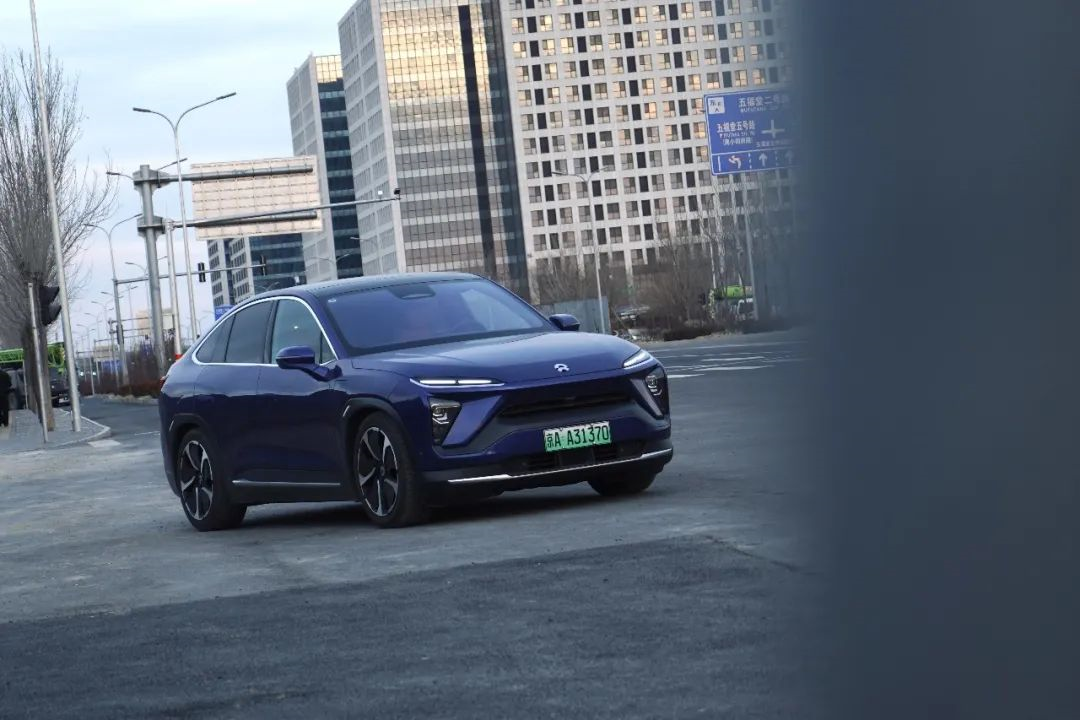Spring Festival 2022
The Spring Festival holiday in 2022 was unforgettable. I didn’t go back home and couldn’t get a coveted “Bing Dun Dun.” But luckily, I had something to keep me company.
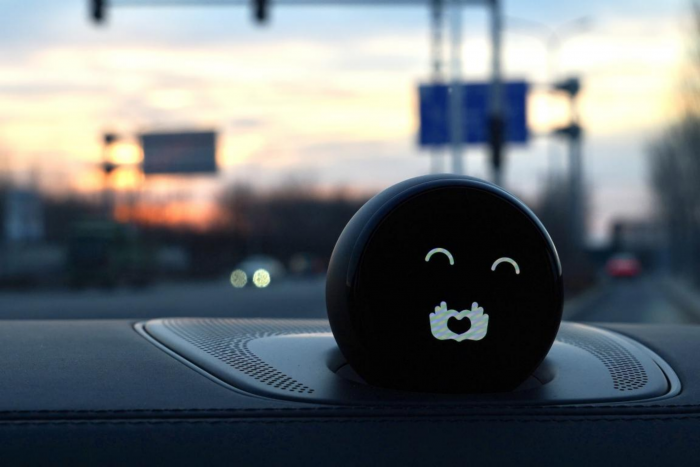
On the 27th day of the twelfth lunar month, a message hit me hard, “To further prevent the spread of the epidemic risk and ensure that everyone has a happy Spring Festival, XX district prevention and control office will carry out the fourth round of nucleic acid testing on January 29th (Saturday). Sincerely thank you for your understanding and support!…”
It was like Galen using his ultimate skill, silent but deadly. The plan was to drive a NIO EC6 from Beijing to Harbin in the winter and test its long-range endurance. That idea was no longer feasible. So, I decided to roll with the punches, not make trouble for others, cancel my ticket, call and comfort my parents, and browse a popular social media platform for ideas on where to go with my NIO EC6 during the holiday.
New Year’s Eve
In the past, on New Year’s Eve, my family and I usually had a hearty and traditional reunion dinner, watched the Spring Festival Gala, or went to a steam bathhouse in the Northeast to wash away the fatigue of the year. However, to make this year’s Spring Festival holiday more meaningful, I decided to drive my NIO EC6, appreciate the scenery of the capital city, experience the endurance performance of the NIO EC6 in urban settings, and evaluate the carmaker’s “Haidilao” service. (The data for this Spring Festival holiday is so impressive!)
Let’s take a look at the main information of the NIO EC6: the signature model is equipped with a front 160 kW high-efficiency permanent magnet motor and a rear 240 kW high-performance induction motor with an acceleration from 0 to 100 km/h in 4.5 seconds, the active air suspension, a 100 kWh long-lasting battery pack, an NEDC range of 615 km, and a full-package of NIOPilot.
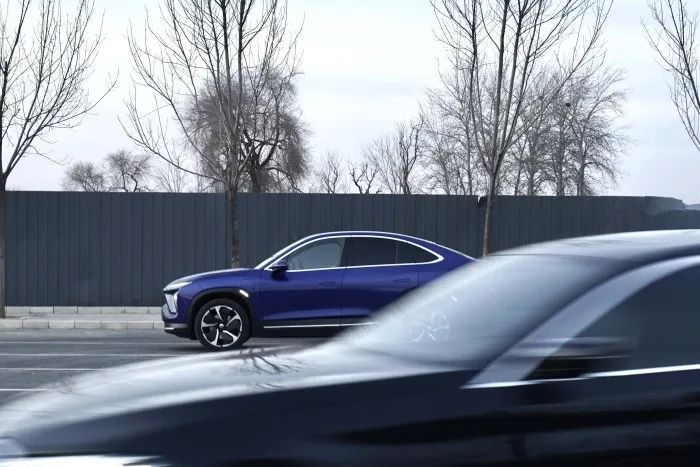
Usually, the first thing I do after picking up my car from our “little fat boy” is to switch from sports mode to comfort mode. At that moment, the dashboard displayed 517 kilometers of remaining range and 84% of remaining battery charge. With the planned route in hand, I hit the road, and the first stop was the Summer Palace.
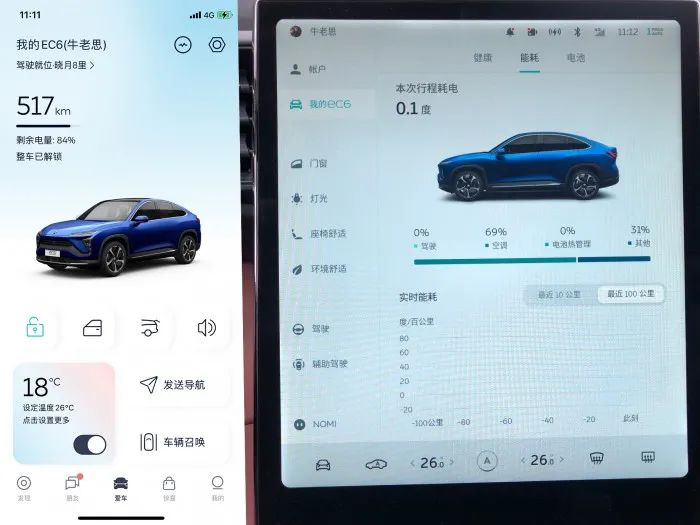
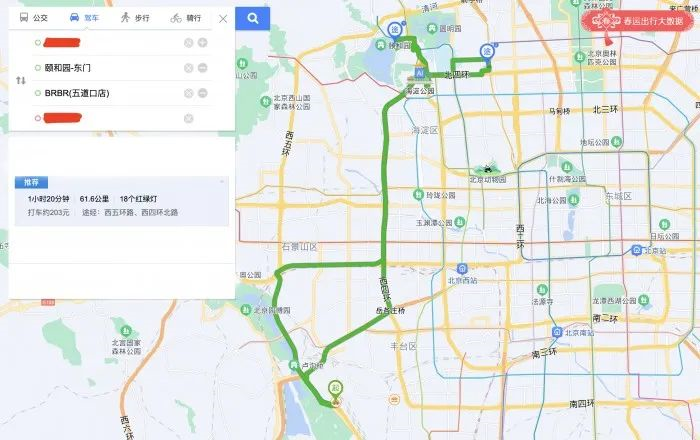
In fact, at first, the NIO EC6 gave me the impression of a relatively large car. I thought it would be heavy to drive. But once I drove it, I didn’t feel that way at all. As someone who usually drives smaller cars, I quickly adapted to driving the NIO EC6.# However, the air suspension system left something to be desired. It performed well at filtering and absorbing vibrations during small bumps, but when encountering larger bumps, it produced some extra vibrations in the rear, which was disappointing.
However, the NVH (noise, vibration, and harshness) was impressive. To make an analogy, wind noise is like having a neighbor making renovations. Although the noise may be low, it can still be irritating. However, when driving the Nio EC6 at speeds between 80-100 km/h, wind and tire noise did not amplify and cause any anxiety. The resulting comfortable feel transmitted through the auditory system was very pleasurable.
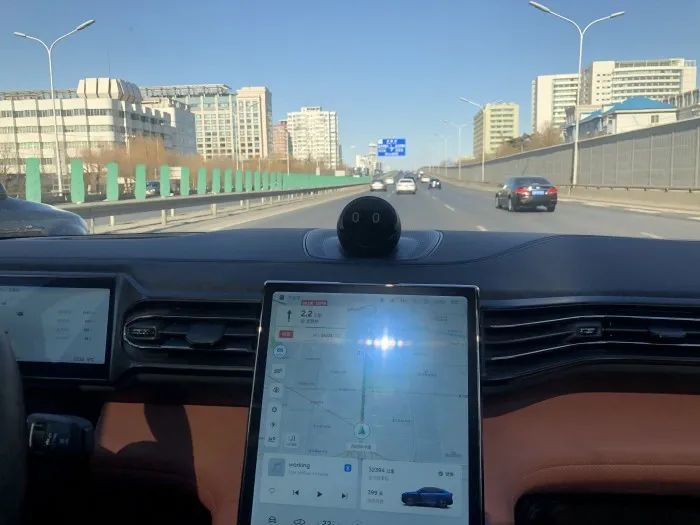
We headed north along West Fourth Ring Road and arrived at a parking lot near the Summer Palace. Naturally, I turned on the parking-assist function, but the tight space and diagonal parking spaces proved to be too much for the EC6. No big deal, I could do it myself.

After buying tickets, we entered the Summer Palace. A little background information might be in order here. Formerly known as Qingyi Garden, the Summer Palace was built by Emperor Qianlong at a cost of 4.48 million taels of silver to celebrate his mother’s birthday. It was first burned down by the British and French allied forces in 1860 during the Xianfeng Emperor’s reign. In 1888, during the Guangxu Emperor’s reign, it was restored and renamed the Summer Palace. In 1900, it was looted by the “Eight-Nation Alliance,” followed by being further damaged during the warlord era. What visitors see today is the final result after continuous restoration and protection since the founding of the People’s Republic of China.

Crossing the wild ferry, we arrived at one of the famous scenic spots in the park, the Marble Boat, after heading west on Suzhou Street. According to historical records, the cabin on the boat was originally in ancient architectural style. However, the Chinese-style cabin on the Marble Boat was burned down during the British and French invasion. In the nineteenth year of Emperor Guangxu’s reign, the original Chinese-style cabin was converted into a Western-style cabin with windows embedded with multicolored glass. This is what we see today.

The Kunming Lake was already frozen over in winter. Visitors were enjoying the view from the perspective of “moving to a different location,” as the ancient saying goes. Various ice vehicles were available for people to play with, and Olympic mascots and slogans were displayed all around the skating rink.
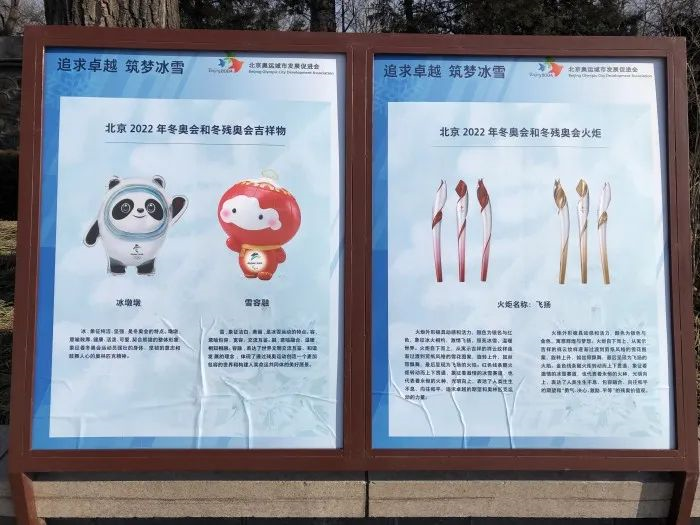

A quick stroll around the block and I was ready to try some Syrian cuisine. But before taking another step, I had to activate the most important feature for me: temperature control, via the remote app. This feature is a godsend for those who are sensitive to the cold, and has become a standard part of my pre-drive routine for the next few days.
On the way to the restaurant, I bumped into a child who asked the timeless question to his parents: “Should I aim for Tsinghua or Peking University?”
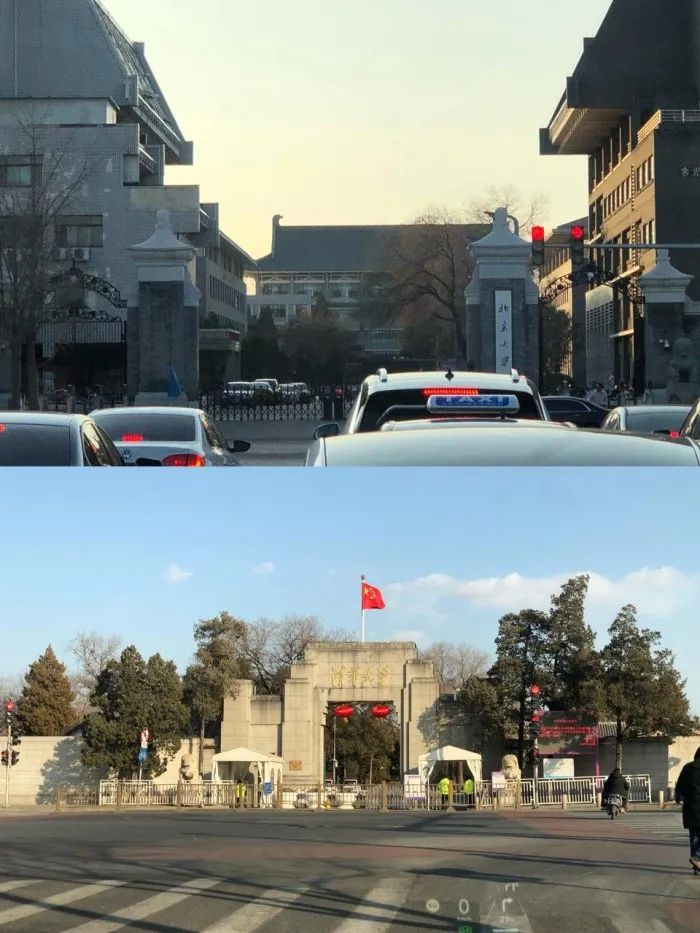
After eating, I cleaned up and went home to watch the Spring Festival Gala. Before leaving the car, I studied the performance comparison chart of the EC6’s driving modes on the menu page. There are three default modes to choose from: Comfort, Power Saving, and Sports, depending on your driving habits. But what if you’re not a fan of fast acceleration in EVs, or if you want to limit the aggressive energy recuperation? You can customize your own driving modes with a 9.9s acceleration and lower brake energy recovery through the “Personalization” option, which gives you a lot of flexibility.
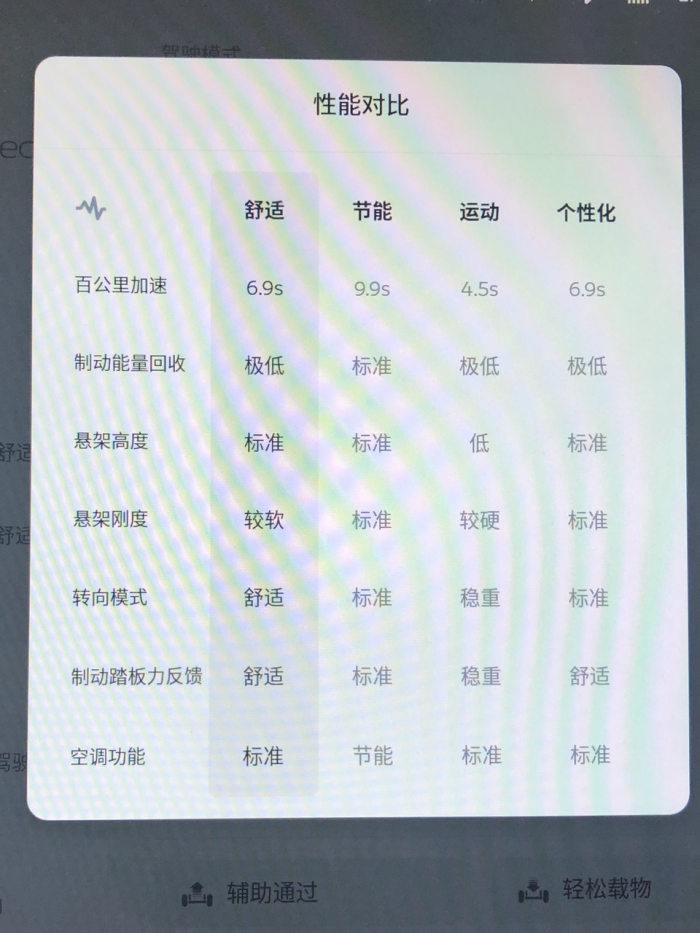
One of NIO’s cultural symbols is NOMI, which features a round body, a screen with millions of pixels, and minimalist emojis. Positioned in a car’s core area, it serves as a link between the vehicle and its users. NOMI feels more like an emotional assistant than an AI product. When you open the car door or call its name, it turns its head towards you like a real person. Occasionally, it makes some cute and funny faces to please the passengers, and its gentle voice doesn’t feel out of place.
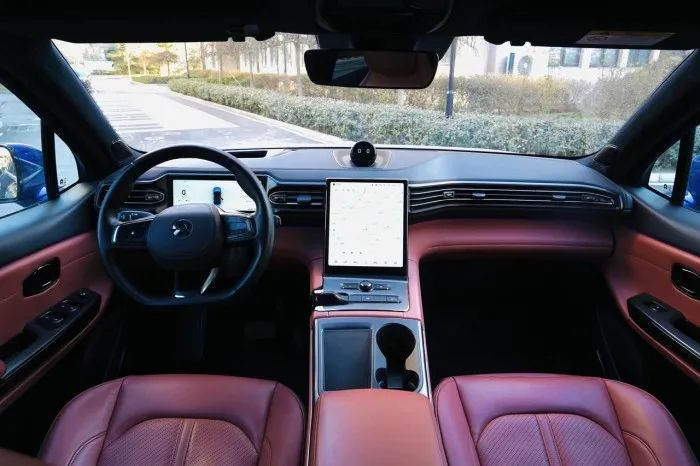
Why doesn’t NOMI have a mouth, you might ask? On one hand, shaping its mouth to fit its voice would pose a design challenge. On the other hand, if NOMI looked too human, it could evoke the so-called “uncanny valley effect,” reducing its likeability among users.
“Hey NOMI, can you navigate me to…?” NOMI’s response time is excellent, and it can handle simple or numerical commands with ease. However, it can’t yet perform certain functions such as opening the front passenger seat for the queen.
Re-testing the Range on the Second Day
After experiencing the handling of EC6, we tested the winter range on the second day. Before leaving, we went to an NIO battery swapping station to extend the range.
There was only a first-generation swapping station nearby, so we all got out of the car and handed the key to the NIO staff member, who helped us complete the process. After the vehicle had its high-voltage power cut off, the mechanical arm lifted the whole car up and swapped the old battery for a new one. The entire process took about 6 minutes.
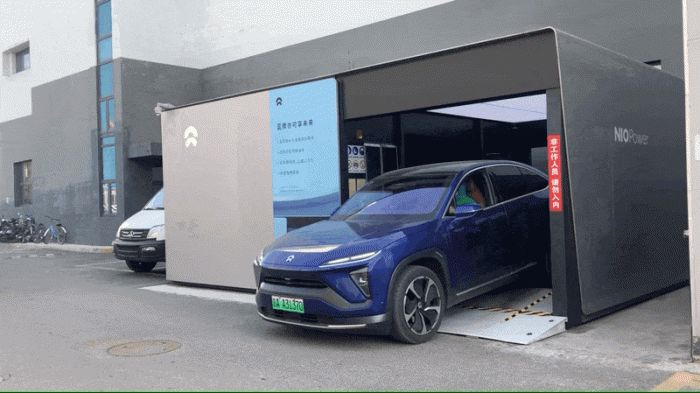
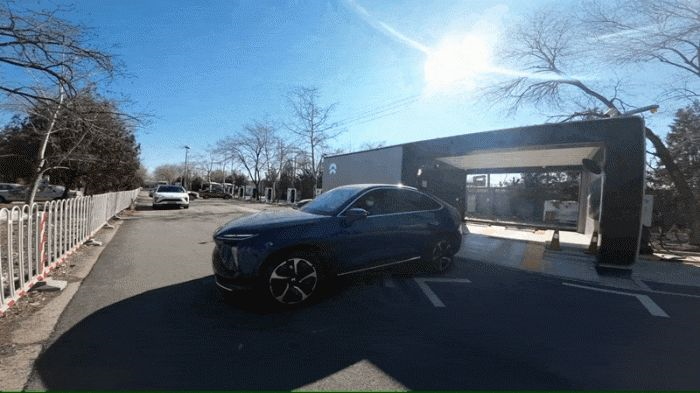
The battery swapping system is the most crucial part of NIO’s regeneration system, aiming to reduce the inefficiency between charging and refueling. Due to speed mismatch issues between charging and swapping demand, NIO developed the second-generation swapping station, which has eight more batteries than the first-generation station. The automated system allows users to park in the swapping station automatically and exchange batteries via a rail system. The swapping time is about half of the time taken in the first-generation station. The innovativeness of the swapping stations lies not only in their commercial design but also in the flexibility they allow for battery upgrades. For example, vehicle owners can rent high-capacity batteries for long trips or switch back to standard batteries afterward.
After finishing the battery swap and mapping out the route, the temperature inside the car was 25℃. Our vehicle had an NEDC range of 564 km, an estimated range of 354 km, and a remaining battery percentage of 91%, so we headed off to Lingxi Scenic Area.
The traffic was heavy, and we were still in a traffic jam at the entrance of the scenic area. The real-time energy consumption was relatively stable while driving on highways, but we were stuck in deep V patterns on the road at a standstill for about thirty minutes.
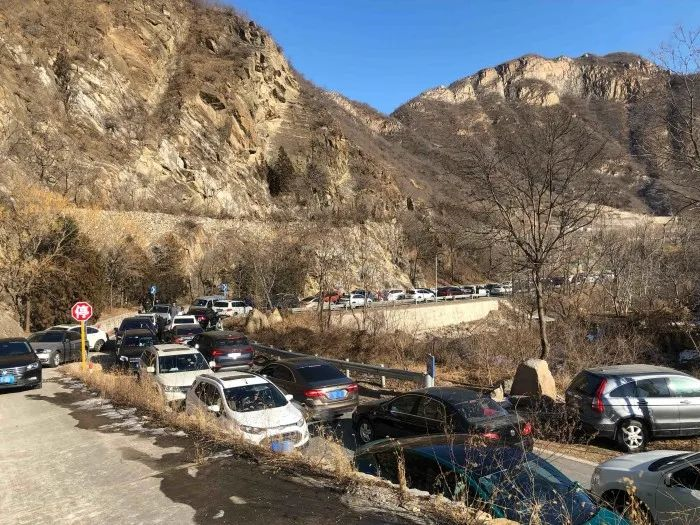
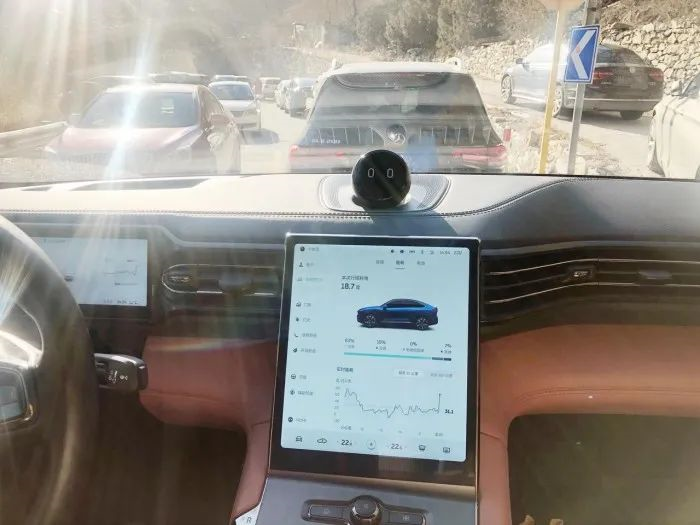
Shift to P gear, adjust the seat, open Tencent Video, kill time by watching videos about NIO ES6. It’s too great that there’s no advertisement on the video player of the car, but it would be even better if we can get a VIP for the car in the future.
After a long wait, I finally arrived at my destination! Let’s check-in with the pictures directly.
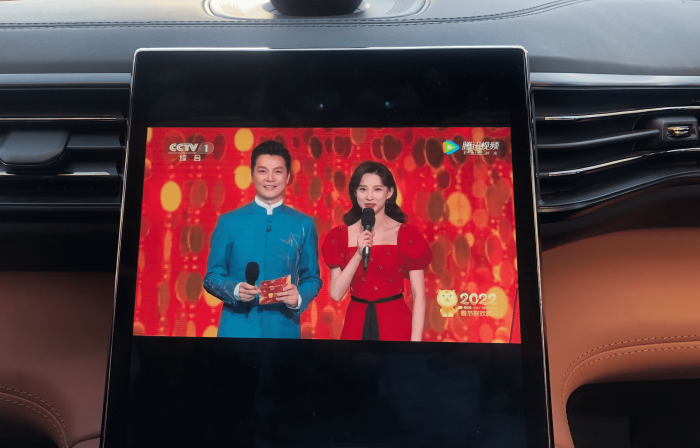


The next stop is Oriental Pearl Tower, Niuwu! However, the navigation system just helped me avoid a congested route but then suddenly lost its way. I had no choice but to continue in traffic. The real-time energy consumption left a deep impression on me.
Finally, I arrived at the legendary Niuwu with an annual rental goal. Except for the Joy Camp children’s space which I couldn’t enter, I strolled around the whole place, including the Gallrey on the first floor displaying products, the NIO Cafe on the second floor that excites taste buds, and the book and meeting rooms. After a round of exploration, the most impressive thing about Niuwu is that the whole space is built around user experience. Here, friends can gather, children can play, and people can quietly handle some work on their computers. This approach is rare in the “buy and resell” auto industry. Actually, I didn’t quite understand the phrase “buying NIO is not just about getting a car but also a different lifestyle” before, but after checking in at Niuwu, I realized that it satisfies the law of humanistic psychology, social needs, and care demands.
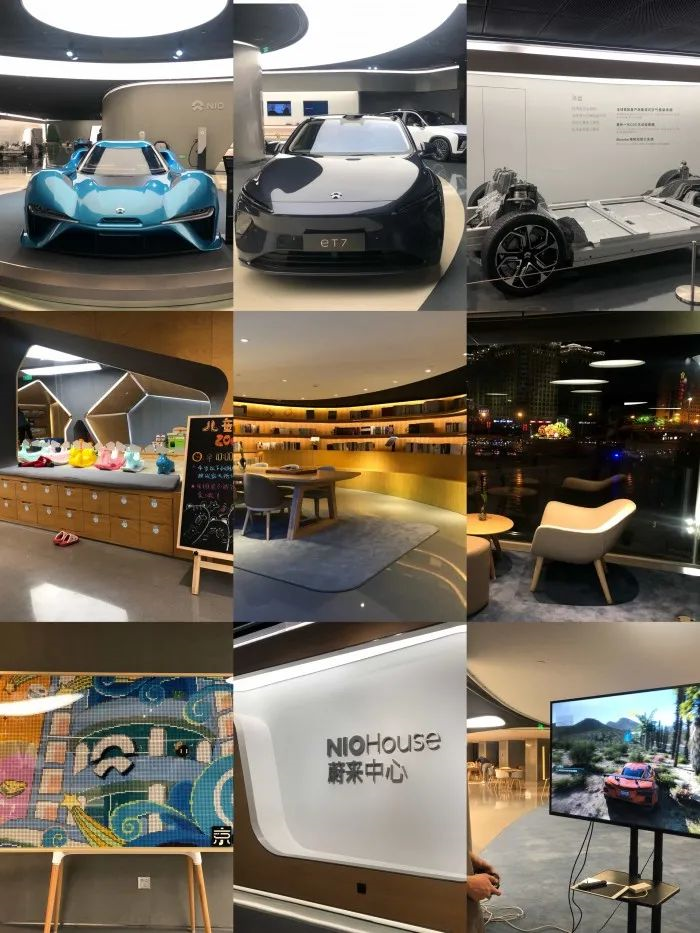
Since I came all the way here, I exchanged points for two cups of coffee. Then, I had some BBQ for dinner nearby, with a consumption of 100 km, and went back home after being full and drunk, feeling that I had played enough.
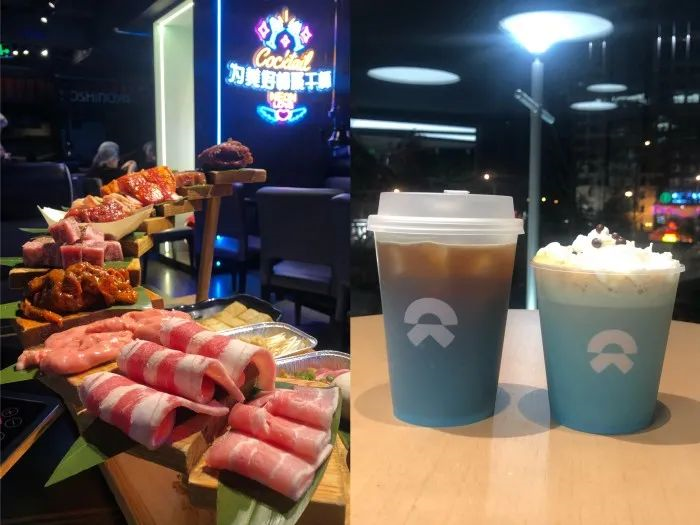 ## About 180 kilometers to go home
## About 180 kilometers to go home
It took about half an hour to get home today, and the route showed about 168.9 kilometers, but considering other distances estimated to be around 180 kilometers, let’s take a look at the remaining range. The remaining range under NEDC conditions is 309 kilometers, the estimated actual range is 185 kilometers, with 51% remaining battery power, and energy consumption is 21.9 kWh per hundred kilometers. The comparison of the data before departure and after returning home shows that the estimated actual range is still greater than that of NEDC. Overall, the EC6 Long-Range version is still relatively durable. There was no range anxiety after a day of driving, and more than half of the battery was left. If the daily driving range is more than 350 kilometers, it is recommended to plan charging stations in advance on the NIO APP.
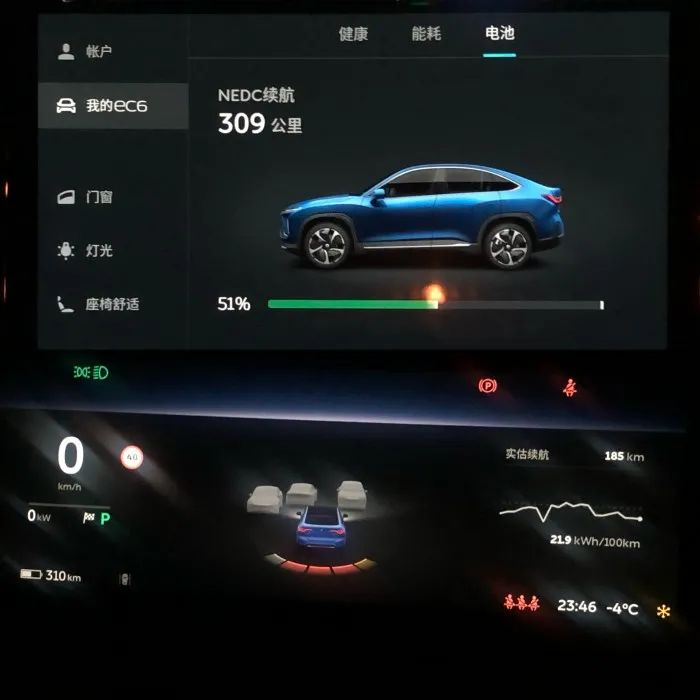
Visiting Tōngzhōu with a fully-equipped NOP
To experience the fully-equipped NOP, I purposely swapped another battery and went from West Fifth Ring Road to Tongzhou. After the second-generation battery swap station, the remaining range under NEDC conditions was 570 kilometers, the estimated actual range was 361 kilometers, and the remaining battery power was 92%.
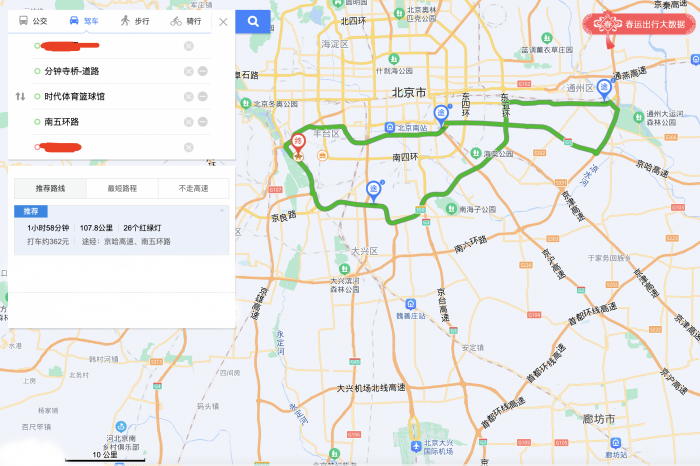
There are many articles explaining the specific working principle of NOP. Simply put, NOP is achieved by hardware perception combined with Baidu’s high-precision map fusion. The way to activate the system is also simple. First, plan the navigation route on the vehicle’s display screen. When approaching the navigation section, the navigation system will display a startup logo. Press the Pilot button and the vehicle will be taken over. If ACC is already active, it will automatically switch to NOP mode.
Stability is the biggest feeling that NOP brings to me. Whether changing lanes, overtaking, entering the ramp, or perceiving unclear lane markers, the system will issue voice prompts to remind the driver that NOP is only an assistive driving function, so drivers should not relax their vigilance.
“Navigation starts.” During the driving process, the vehicle can easily keep to the center of the lane on straight or larger curved roads, and automatically reduce the speed in speed-limited areas. Automatic lane change usually occurs only when the distance from the following vehicle is far enough.
Interestingly, during the Winter Olympics, NOP will frequently steer the car towards the smoother Winter Olympic lanes, which requires frequent adjustments to the vehicle’s trajectory. If the vehicle suddenly encounters an overtaking situation where the car in the back does not yield, the system will cancel the operation and keep the vehicle on the original course. However, if the vehicle suddenly encounters an overtake situation where a car suddenly cuts in from the side, the braking force of NOP will increase significantly. (I hope the senior drivers can use their turn signals properly.)
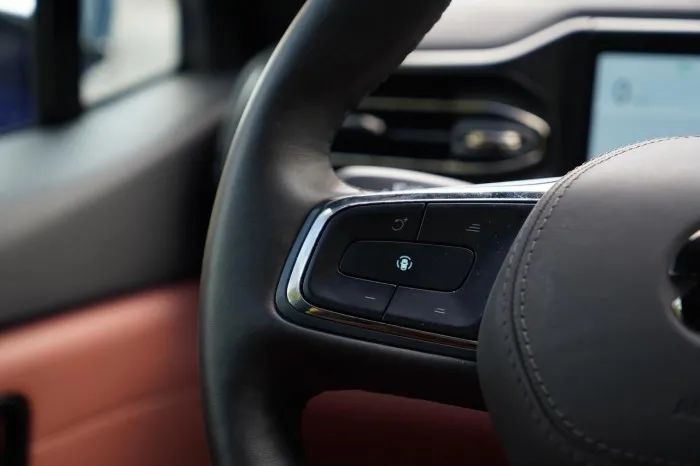
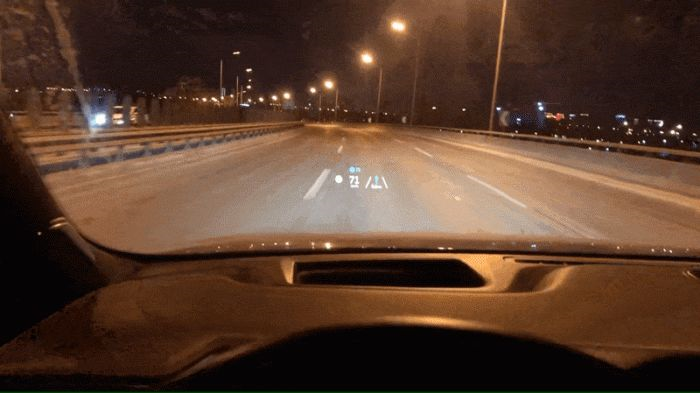
Within a range of about 2 kilometers from the exit of the ramp, NOP will actively start to change lanes to the right. It is recommended that you take manual control before entering the ramp. Firstly, the situation at the entrance of the ramp is more changeable, and secondly, the vehicle will continue to navigate shortly after entering the ramp, which has safety risks.
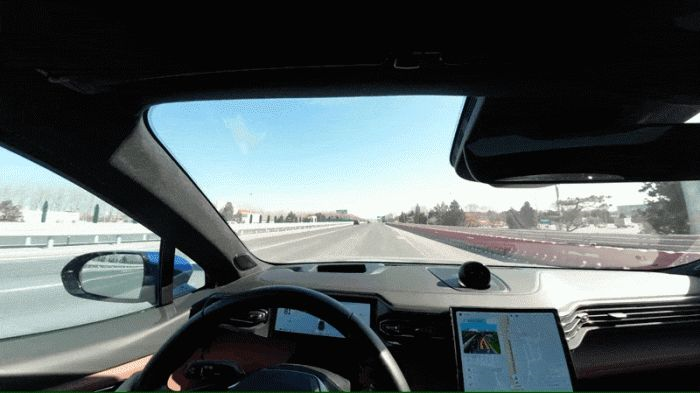
The planned route is about 107.8 kilometers, and with additional wandering, it totals approximately 120 kilometers. After returning home, checking the remaining mileage under NEDC conditions shows 402 kilometers, the estimated endurance is 250 kilometers, and the remaining power consumption is 22.7 kWh per 100 kilometers, with a remaining power of 65%. The conclusion mentioned earlier remains unchanged: the estimations of endurance are relatively accurate.
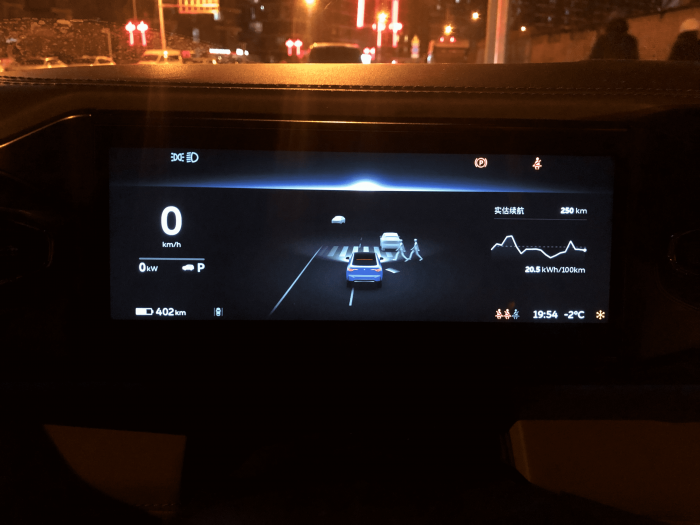
Final Thoughts
During the past few days, when spending time with EC6, I believe that it is a product with more advantages than disadvantages. The power is instantly available, and the materials used are sufficient. Even though I do not have a home charging facility, battery swapping is still very convenient.
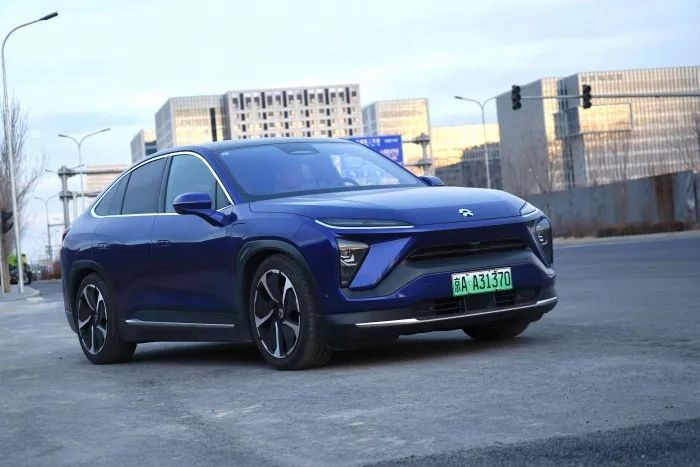
From the brand aspect, all resources are oriented towards enhancing the driver’s experience, and the “car” is just one aspect within the NIO system. Well, that’s all I have to share. As for whether I will buy one or not, umm… it depends on when Xiao Pangzi gets his hands on the ET5, I guess.
This article is a translation by ChatGPT of a Chinese report from 42HOW. If you have any questions about it, please email bd@42how.com.
